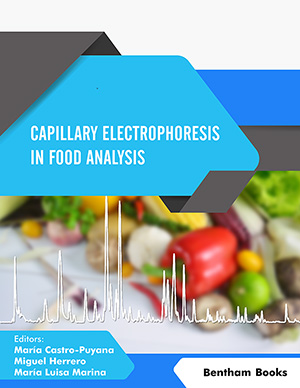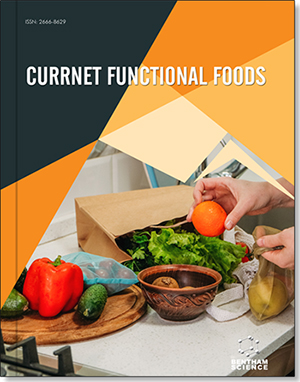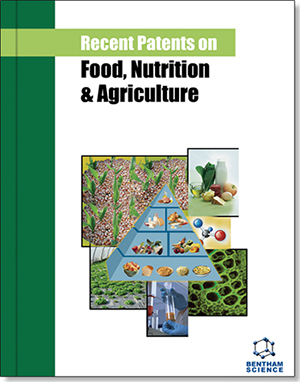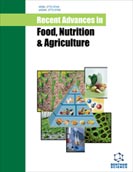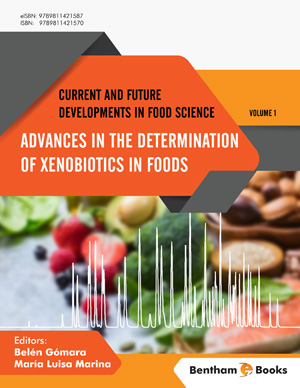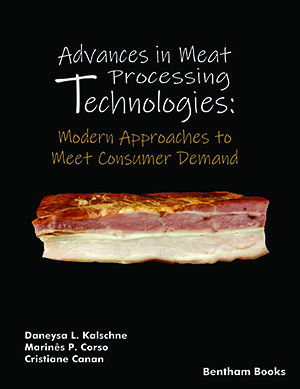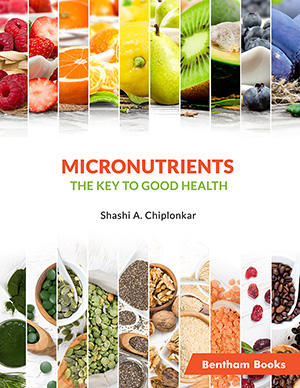Abstract
Chemical hazards may be present in food due to their intended use during
food production (i.e., residues), they may be intentionally added to food products to
confer specific attributes (i.e., food additives), or they may simply occur at any of the
stages of the food supply chain (i.e., contaminants). Since these chemical hazards
represent a health risk to consumers, legislation has been developed to establish the
maximum concentration levels of these substances in food, and to define control
measures to monitor their presence in food products. In general, liquid chromatography
(LC) and gas chromatography (GC) are used as analytical techniques in laboratories
that are responsible for carrying out routine food safety analyses. During the last
decades, capillary electrophoresis (CE) has been extensively investigated as an
alternative (or complementary) separation tool to chromatographic techniques, and
today, it is already a consolidated technique that can be implemented in routine food
safety laboratories. This chapter presents the state of the art of CE in the field of
chemical food safety and gives an overview of relevant applications in this area.
Keywords: Capillary electrophoresis, Chemical hazards, Contaminants, Food additives, Food safety, Residues.

